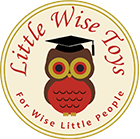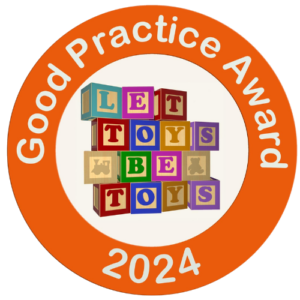What is mindfulness?
Mindfulness is essentially about giving your full attention to the present moment. This could involve focusing on many different things such as your breathing, how your body feels right now, the taste and texture of the food that you are eating, the different sounds you are hearing while you are out walking and so on. Whatever it is that you are focusing on, this gains your full attention while you allow yourself to slow down, and allow your body to relax while you take the time to notice what is happening without any judgement. By ‘no judgement’, I mean that we simply allow the experience to happen without debating in our minds whether it is a good or bad experience and so on. Instead, we just allow the experience to be.
Why is mindfulness a good thing to do?
The science shows us that mindfulness can offer many physical and mental health benefits. It is very easy to go through life simply reacting to things without really taking the time to pause, sit with our emotions and feelings, and think before we react. Mindfulness is a great tool for helping us to pause and take the time to respond to different situations in a thoughtful way. It gives us the opportunity to become more aware of ourselves, our surroundings, our thoughts and how we feel. It can help us to manage all sorts of big feelings such as stress, worry, anxiety and anger; help us to sleep better; help us to feel more patient, at ease; and it can generally increase our sense of wellbeing. Mindfulness can also help us to get better at other things like paying attention, organising information, remembering details and even improve on our social interactions with others.
How can I practise mindfulness?
As mentioned earlier, there are many different things we can focus on when practising mindfulness. I start off below with an example of how we can practise mindfulness by focusing on our breathing. This example then moves on to look at how we can use mindfulness to help calm our big emotions and feelings.
Mindfulness with a focus on our breathing
Paying full attention to your breathing is a great way to focus and help your mind and body feel calm.
- Firstly, find somewhere comfortable to sit or lay for a few minutes (or you do not have to be sitting and could practise this anywhere really, even when walking down the street). If you are sitting or lying down, you may wish to also close your eyes.
- You can then start to focus on your breathing.
- Breathe in deeply through the nose for a count of three, hold for a count of three and then breathe out again slowly through the mouth for a count of six.
- Calmly notice each breath as it goes in and each breath as it goes out. Feel your shoulders drop a little and your body start to relax as you continue to concentrate on your breathing.
- Take the time to notice what happens to your body with each breath. Perhaps you feel your chest rising and lowering again. You might also feel your belly go up and down with each breath. Perhaps you notice feeling the air in your nostrils each time you breathe in.
- You might like to put your hand on your belly and count each time your belly rises as you breathe in and each time your belly lowers again as you breathe out.
- Your mind will wander sometimes. This is perfectly normal. When this happens you can calmly take your mind back to your breath.
- Continue to notice and pay attention to the movements in your body with each breath. Always making sure to calmly redirect your mind back to your breathing each time it begins to wander.
- Repeat your mindful breaths 10 times (or as many times as you would like).
Using mindfulness to help manage big emotions and feelings
With lots of practise, you can start to use mindfulness to help you to manage different things like your big emotions and feelings. For example, if something is making you feel stressed or anxious, you could try the following.
- Sit comfortably, close your eyes, and take a moment to pause and slow things down a bit by taking some deep breaths as outlined in the mindful exercise above.
- You can listen to your body and ask yourself if you recognise how your big emotions are feeling in your body right now (e.g. maybe you notice some tension in your shoulders or your mouth may feel dry).
- Make a point not to judge or try to push what you are feeling away. Trying to fight it can just help it go grow. Instead, recognise and name what it is that you are feeling, become an observer, and just let it be (‘I can feel that my body is experiencing some stress at this time. That’s OK. Everyone gets stressed from time to time’). The very act of just letting it be (rather than trying to fight and suppress it) can often help the feeling to float away and help you to feel calm again.
- All the while, continuing to feel your deep breaths in and your deep breaths out. If your mind starts to wander, you can gently guide your mind back to your breathing and noticing the feeling in your shoulders as it starts to loosen up and feel more at ease.
Final words
The more you practise mindfulness (even if just for five minutes a day), the more effective at it you can become. Remember also that you can practise it anywhere (you don’t always have to close your eyes) and with many different things. For example, as touched on above, you may like to fully concentrate on: the food that you are eating – the taste, textures and flavours; the different sounds such as the leaves rustling, the birds singing, the sound of a car or plane while out walking; or even taking a moment to pause and think about some kind things you would like to say to someone you care about; and some kind thoughts you would like to say to yourself about you too.









